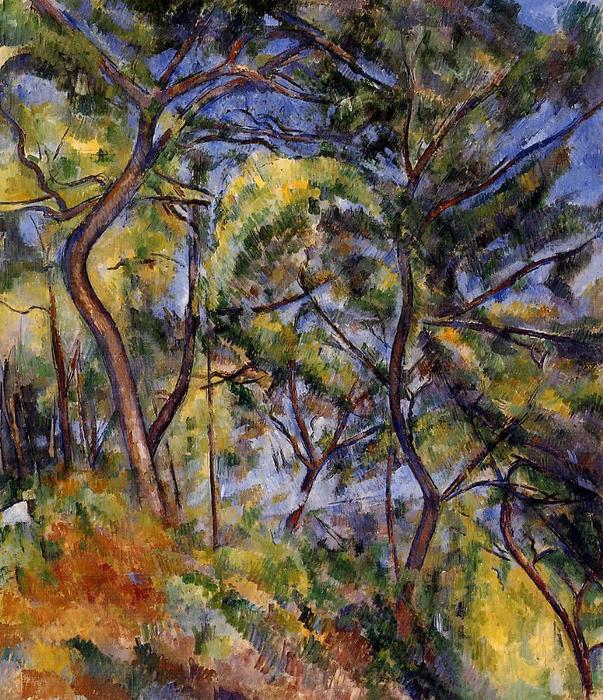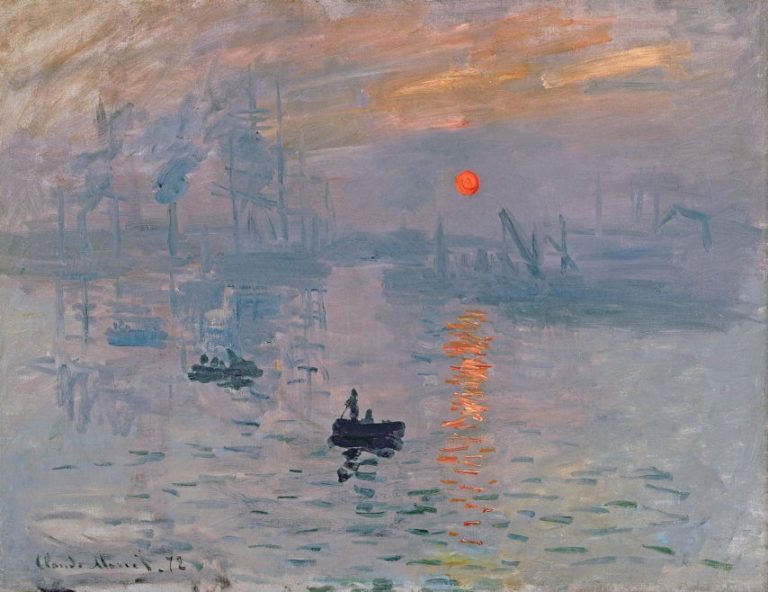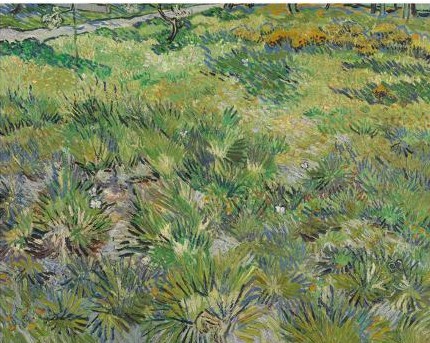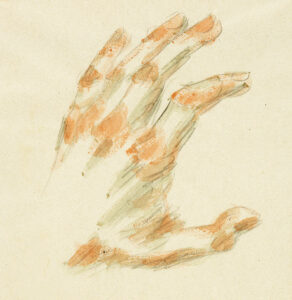The Marchutz Tapes — Reflections on Art
Through Faults and Errors

Leo Marchutz underlines the practice of learning through vision and how visually studying works of art by the great masters is an essential lesson students use to navigate through the art world.
WE TRY HARD TO SHOW PEOPLE, our students, what is valued in art. We show them the way how to go as far as one can.
To define how much art is in a work is of course very difficult. There are works where art is very apparent, others where it is more hidden or less refined. And that is a pity. It depends on the individual too. One can see things another does not see. One can communicate about it too in some cases. But finally a work of art, a painting, a sculpture, or whatever, a building, is there to be seen. It is difficult to find equivalence in words, to talk about it is a difficult thing. It’s true. In very general terms one can of course say certain things.
More there is relationship between the parts, the more satisfying it is as a whole. But these are generalities. If there are lines up there in a work, there have to be relations between the lines which are up there, which appeal with charm. It’s the same for the color. If a certain color is without answer in a work, the eye is not satisfied. We know that. If there’s a certain green we need a certain red or violet, at least on the side. And to find out which there is only experience, trial, which can tell you.
I feel we learn most by our faults and errors we make so no way should there be despair if he makes bad paintings, because the good ones can only come out of bad ones. If we are very impressed by such and such a painting we should ask ourselves what makes it, how is it like, and generally define some answers too which are helping ourselves, helping us unfold.
Leo Marchutz,
Excerpt from The Marchutz Tapes, 1974-1976
The legacy of Leo Marchutz extends beyond the prolific body of work he created during his lifetime. His philosophy of a successful art education rooted in vision sustains the foundation for the Marchutz School curriculum – a program where drawing, color theory and seminar discussions focus on the act of sight in preparing students for excursions and painting sessions in the landscape.
Applying visual lessons to studio practice, students learn through the “faults and errors” that Leo Marchutz discusses. Painting consecutively allows for these challenges to be faced and resolved as a student encounters them. In this way, an artist’s work continues to grow and develop.

Excerpt chosen by
Grace Darden
Current MFA student at the Marchutz School of Fine Arts and artist from Fort Worth, Texas.
Click here to view Grace’s recent work.



